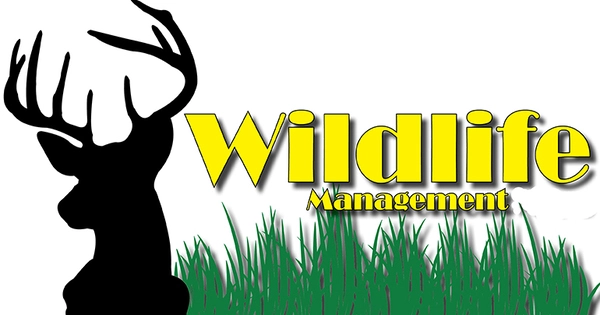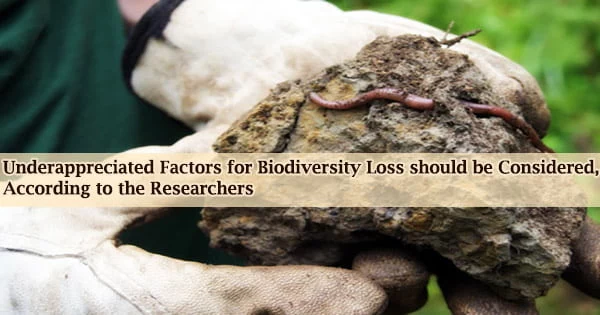Wildlife management is the practice of influencing interactions among and between wildlife, their habitats, and people in order to achieve predetermined outcomes. It refers to the process of controlling and regulating the populations of wild animals, plants, and their habitats in order to maintain long-term sustainability and biodiversity conservation. Using the greatest available science, it aims to balance the demands of wildlife and people.
Wildlife conservation, gamekeeping, and pest control are all examples of wildlife management. To achieve the greatest results, wildlife management employs disciplines such as mathematics, chemistry, biology, ecology, climatology, and geography.
Wildlife management tries to halt biodiversity loss by taking into account ecological concepts such as carrying capacity, disturbance, and succession, as well as environmental factors such as physical geography, pedology, and hydrology.
Wildlife management is essential for various reasons, including:
- Conservation: Conservation and protection of endangered animals and their habitats is one of the fundamental purposes of wildlife management. This entails the establishment of protected areas, such as national parks and wildlife reserves, where human activities are limited in order to protect natural ecosystems and species.
- Biodiversity Preservation: Maintaining healthy and diversified wildlife populations is critical for conserving overall biodiversity. Wildlife management strategies seek to safeguard not only individual species but also the intricate relationships that exist throughout ecosystems.
- Hunting and Fishing: Many wildlife management programs are in charge of controlling hunting and fishing activities in order to maintain sustainable harvests and prevent game species overexploitation. This frequently includes establishing hunting seasons, bag limitations, and population monitoring in order to sustain healthy wildlife populations.
- Pest Control: In some cases, wildlife management focuses on controlling populations of species that are considered pests. This may include dealing with invasive species or managing overabundant populations that can negatively impact ecosystems and agriculture.
- Habitat Restoration: Natural habitat restoration and enhancement is an important part of wildlife management. animals population decreases are caused in part by habitat loss and degradation, and management efforts frequently focus on restoring these areas to support animals.
Wildlife management tactics can vary greatly depending on the individual goals and local conditions, but they usually entail a combination of rules, habitat conservation, scientific study, and public participation. To balance the demands of wildlife and human activity, these policies are designed in partnership with government agencies, conservation organizations, and local communities. To achieve its goals, wildlife management is an interdisciplinary field that draws on biology, ecology, sociology, economics, and policy-making.
















